Apple Inc. has a moonshot-style project underway that dates back to the Steve Jobs era: noninvasive and continuous blood glucose monitoring.


Scientists continue to make intriguing breakthroughs that could help reshape our lives. This time, a group of scientists managed to create a shape-shifting liquid metal that can transition between the solid and liquid state. The new liquid is reminiscent of the liquid shapeshifting seen in 1991’s Terminator 2, and the scientists even tested it by having it escape a cage.
The scientists published a paper on the new shape-shifting liquid in the journal Matter. In it, they discuss how they created the metal and the rigorous tests they put it through. For the most part, the scientists created the liquid in the form of small robots, which they were then able to shift between solid and liquid states to jump, climb, and – as noted above – even ooze out of a cage to freedom.
The scientists utilized magnetic fields to control the shape and movements of the shape-shifting liquid metal robots. The hope is that by using magnets to help move and control the shapeshifting of the robots, the scientists will be able to utilize the liquid metal in both biomedical and engineering technologies, things like targeted drug delivery and circuit assembly.
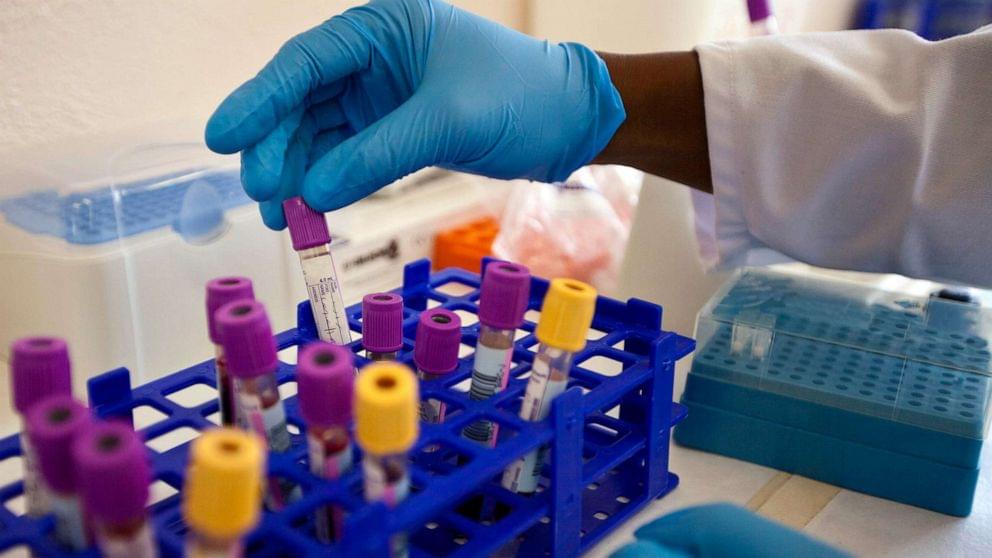
Researchers are announcing that a 53-year-old man in Germany has been cured of HIV.
Referred to as “the Dusseldorf patient” to protect his privacy, researchers said he is the fifth confirmed case of an HIV cure. Although the details of his successful treatment were first announced at a conference in 2019, researchers could not confirm he had been officially cured at that time.
Today, researchers announced the Dusseldorf patient still has no detectable virus in his body, even after stopping his HIV medication four years ago.
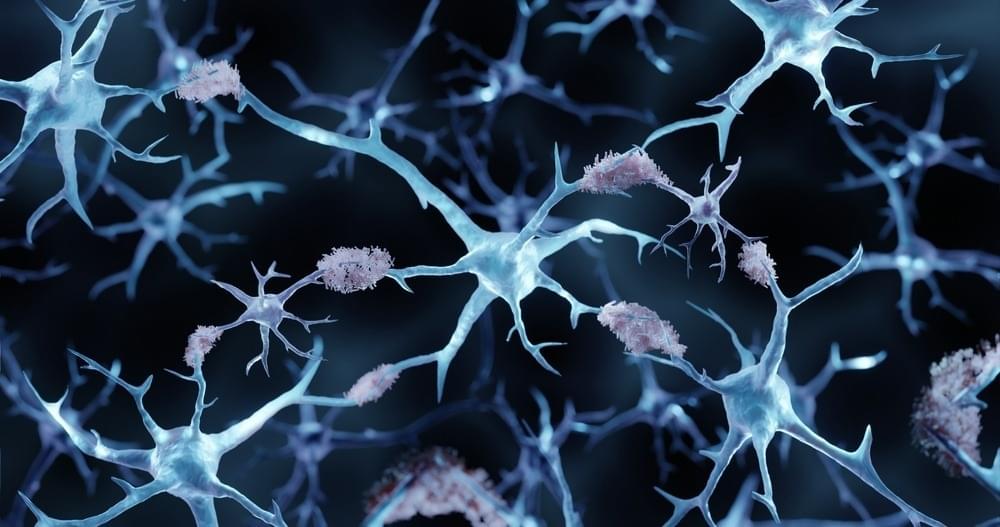
In a recent study published in Cell, researchers presented eight hallmarks of neurodegenerative diseases (NDDs), their in vivo biomarkers, and interactions to help categorize NDDs and specify patients within a specific NDD.
Despite being linked to rare genetic forms, all eight NDD hallmarks (cellular/molecular processes) also contribute to sporadic NDDs. In addition, they contribute to neuronal loss in preclinical (animal) models and NDD patients, manifesting as an altered molecular (hallmark) biomarker.
An NDD patient could have defects in multiple NDD hallmarks. However, the primary NDD hallmark depends on the NDD insult and the neuronal susceptibility and resilience, i.e., one’s ability to handle insults in the affected brain region.
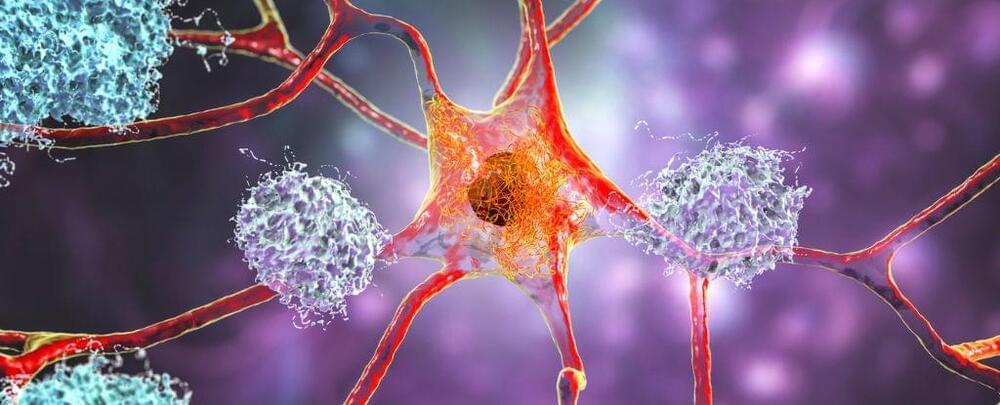
Scientists have identified the exact point at which healthy brain proteins are shocked into the tangled mess that is commonly associated with Alzheimer’s disease.
Researchers at the University of California Santa Barbara (UCSB) are h opeful that the new laboratory technique behind the discovery can be used to directly study the ‘never-before-seen’ early stages of many neurodegenerative diseases.
Tau proteins are abundant in the human brain. At first, these proteins look like tiny pieces of string inside neurons. As they fold and bind together with structural elements called microtubules, however, they create a sort of skeleton for brain cells that helps them function properly.
19 minutes in, “At this point I think things are going pretty damned well,” when talking about if the middle-aged will benefit.
Life-Extension pioneer Dr. Aubrey De Grey discusses the LEV & SENS foundations, the latest trends in anti-aging research, new animal trials anticipated to double or triple life expectancy, and increased social acceptance for the disease model of aging.
Dr. Aubrey de Grey is President and CSO at the Longevity Escape Velocity (LEV) Foundation and Co-founder at the SENS Research Foundation. He’s also the author of The Mitochondrial Free Radical Theory of Aging and co-author of Ending Aging.
Dr. De Grey is generally recognized as one of world’s leading experts in longevity research, and is an international adjunct professor of the Moscow Institute of Physics and Technology, a fellow of the Gerontological Society of America, the American Aging Association, and also the Institute for Ethics and Emerging Technologies.
Dr. De Grey has a BA in Computer Science, studies in Bioinformatics, and a PhD in Biology from the University of Cambridge.
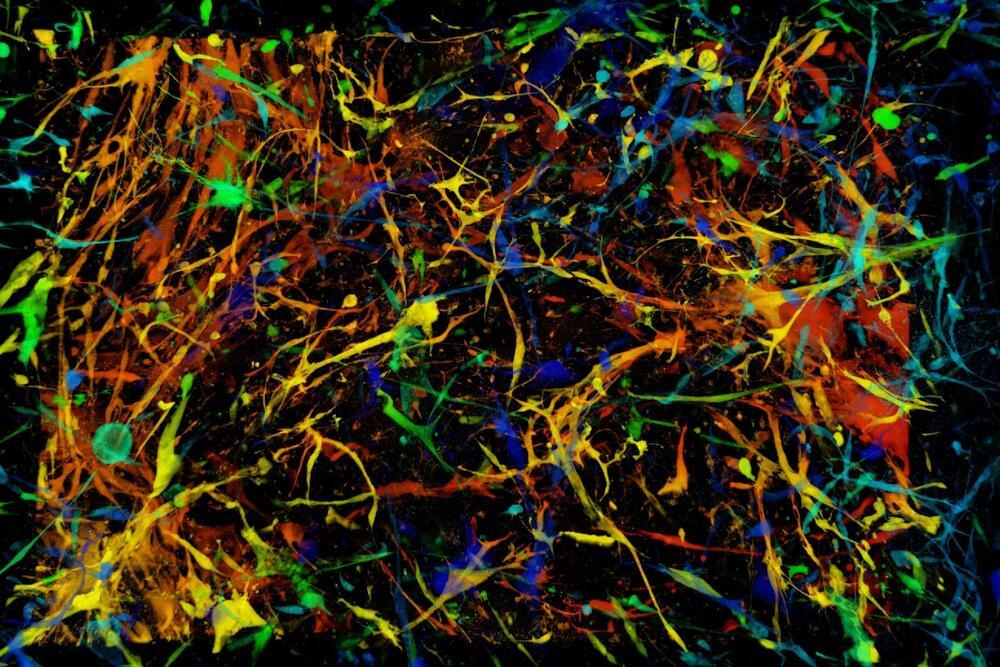
Glioblastomas are the most common malignant tumors of the adult brain. They resist conventional treatment, including surgery, followed by radiation therapy and chemotherapy. Despite this armamentarium, glioblastomas inexorably recur.
In a new study published in Nature Communications, Isabelle Le Roux (CNRS) and her colleagues from the “Genetics and development of brain tumors” team at Paris Brain Institute have shown that the elimination of senescent cells, i.e., cells that have stopped dividing, can modify the tumor ecosystem and slow its progression. These results open up new avenues for treatment.
Glioblastoma, the most common adult brain cancer, affects 2 to 5 in 100,000 individuals. While the incidence of the disease is highest in those between 55 and 85 years old, it is increasing in all age groups. This effect can’t be attributed to improved diagnostic techniques alone, suggesting the influence of environmental factors hitherto unidentified.
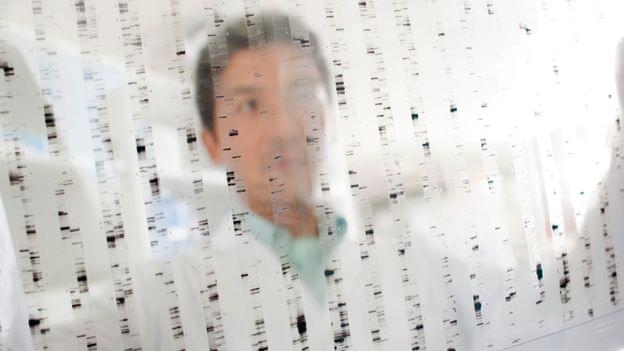

A multidisciplinary Northwestern University research team has created a groundbreaking transistor that is expected to be optimal for bioelectronics that are high-performance, lightweight, and flexible.
The new electrochemical transistor is compatible with both blood and water and has the ability to amplify significant signals, making it highly beneficial for biomedical sensing. This transistor could make it possible to develop wearable devices that can perform on-site signal processing right at the biology-device interface. Some potential applications include monitoring heart rate and levels of sodium and potassium in the blood, as well as tracking eye movements to study sleep disorders.
“All modern electronics use transistors, which rapidly turn current on and off,” said Tobin J. Marks, a co-corresponding author of the study. “Here we use chemistry to enhance the switching. Our electrochemical transistor takes performance to a totally new level. You have all the properties of a conventional transistor but far higher transconductance (a measure of the amplification it can deliver), ultra-stable cycling of the switching properties, a small footprint that can enable high-density integration, and easy, low-cost fabrication.”
Advancing Biomedical R&D & Clinical Development In Saudi Arabia — Dr. Abdelali Haoudi, Ph.D., Managing Director, Biotechnology Park, King Abdullah International Medical Research Center, Ministry of National Guard Health Affairs.
Dr. Abdelali Haoudi, Ph.D. (https://kaimrc-biotech.org.sa/dr-abdelali-haoudi/) currently leads Strategy and Business Development functions, and is also Managing Director of the Biotechnology Park, at King Abdullah International Medical Research Center, at the Ministry of National Guard Health Affairs. He is also Distinguished Scholar at Harvard University-Boston Children’s Hospital.
Dr. Haoudi is an international Research & Development and Innovation Executive with over 25 years experience, having held several senior positions in Research and Development and Innovation. He has vast experience in science and technology policy development, strategy and business development, corporate development and international partnerships development.
Dr. Haoudi has held several senior and prestigious positions in the academia, government and private sectors globally, including North America, North Africa, Europe and Middle East. Some of the key positions include Founding Vice President for Research, Executive Director for Biomedical Research Institute, and Chairman, at the National Research Fund at Qatar Foundation.
Dr. Haoudi was also Research Professor of cancer and infectious diseases at the University of Virginia and Eastern Virginia Medical School and a fellow of the US National Institutes of Health (NIH). He has held several other positions in elite research and education institutions including Visiting Professor at Harvard Medical School (USA) and a fellow at Institute Pasteur (France).